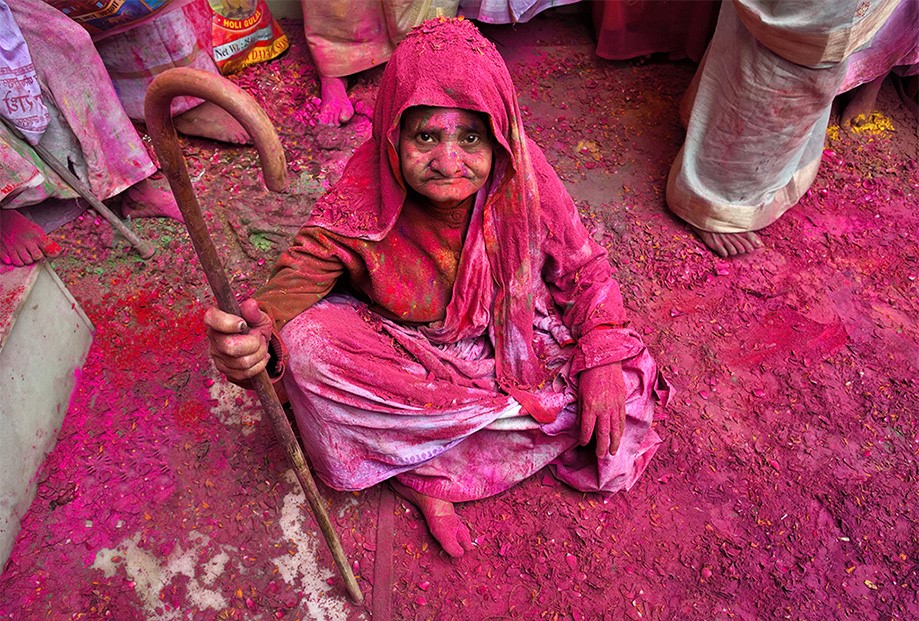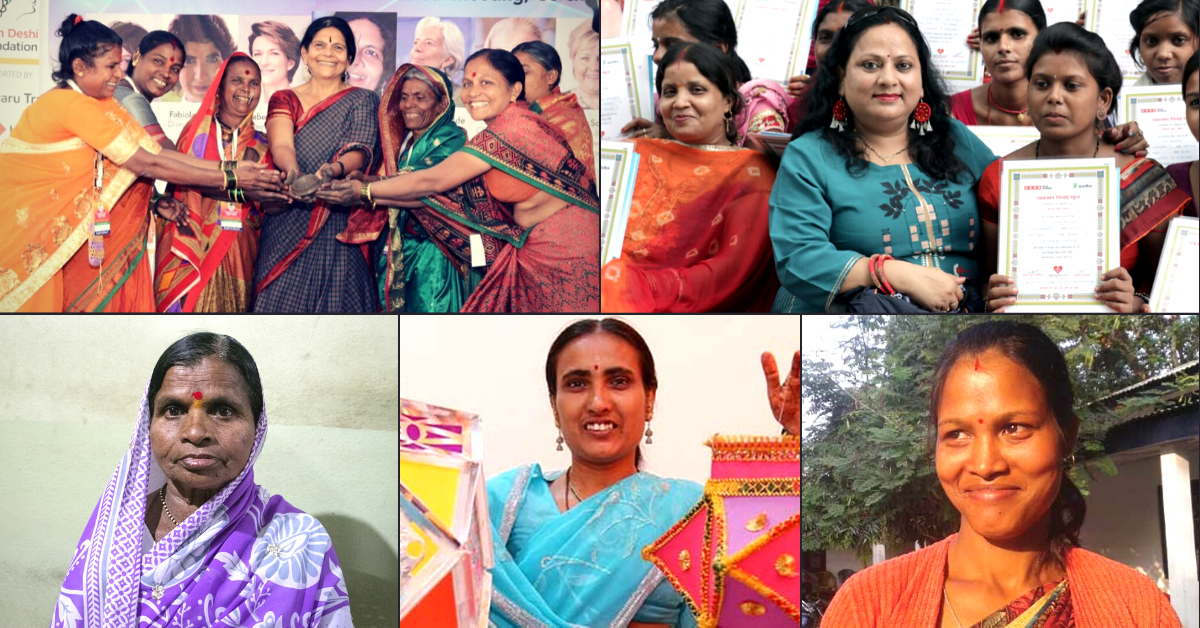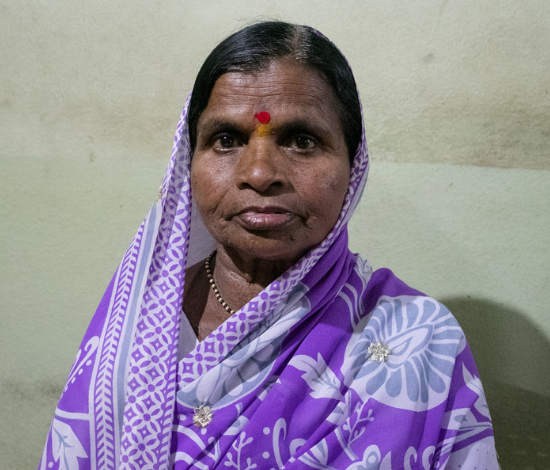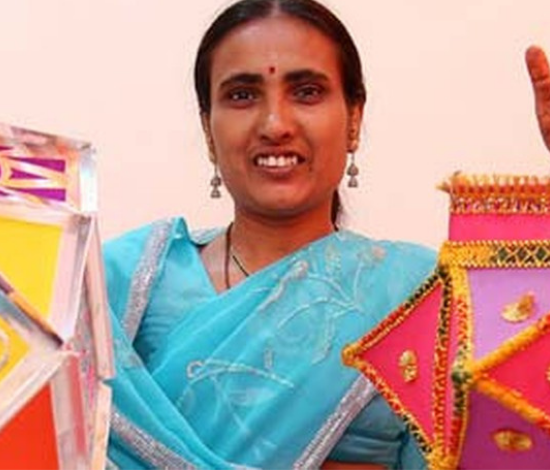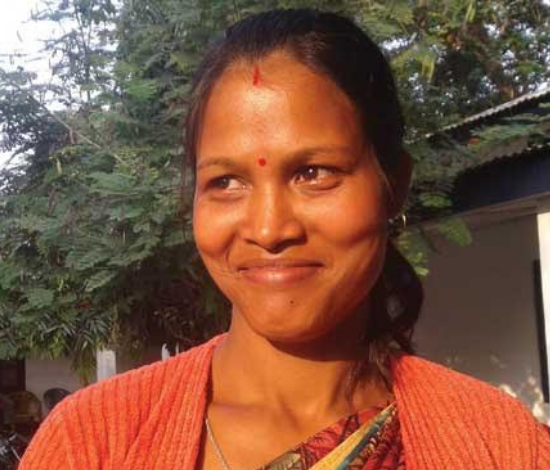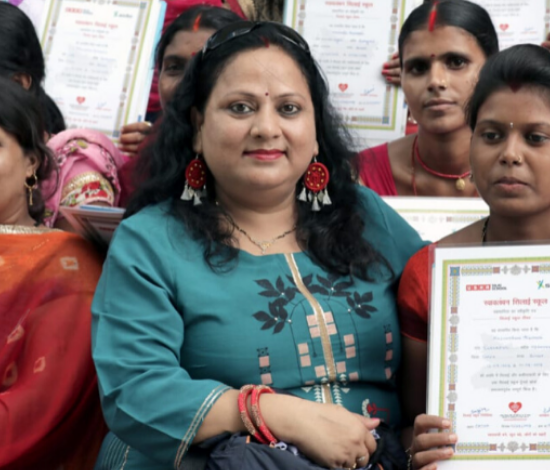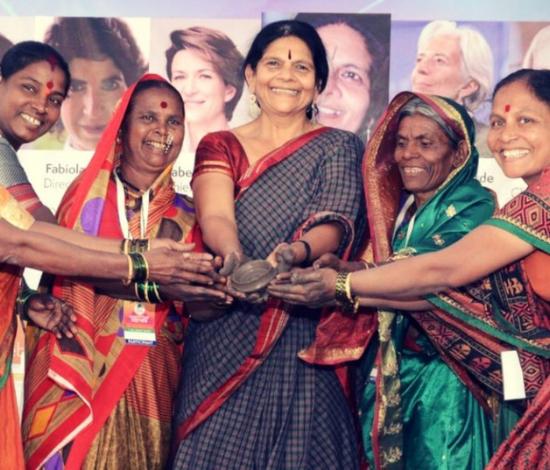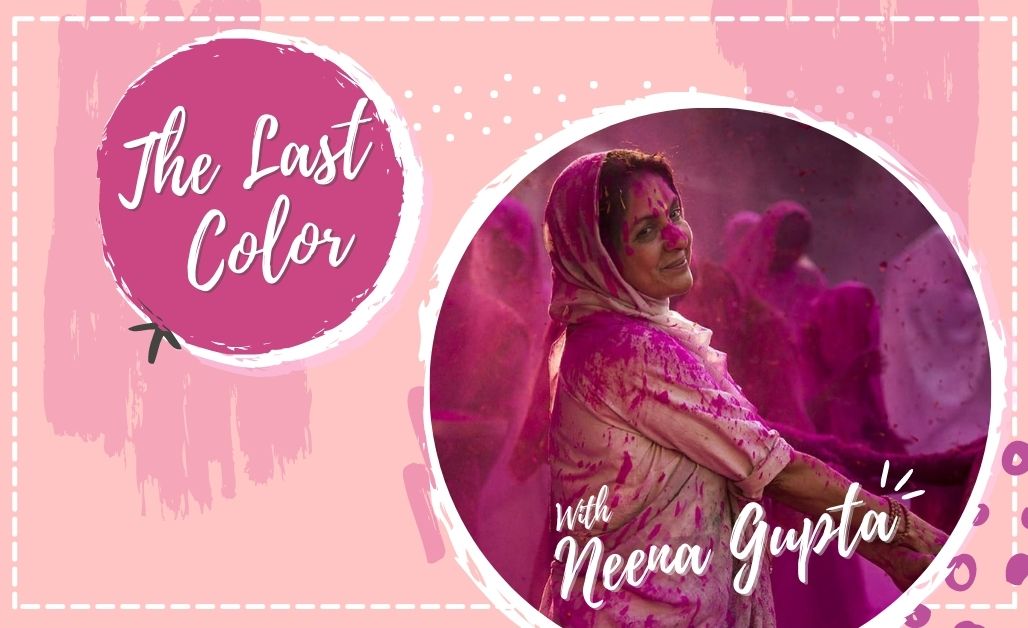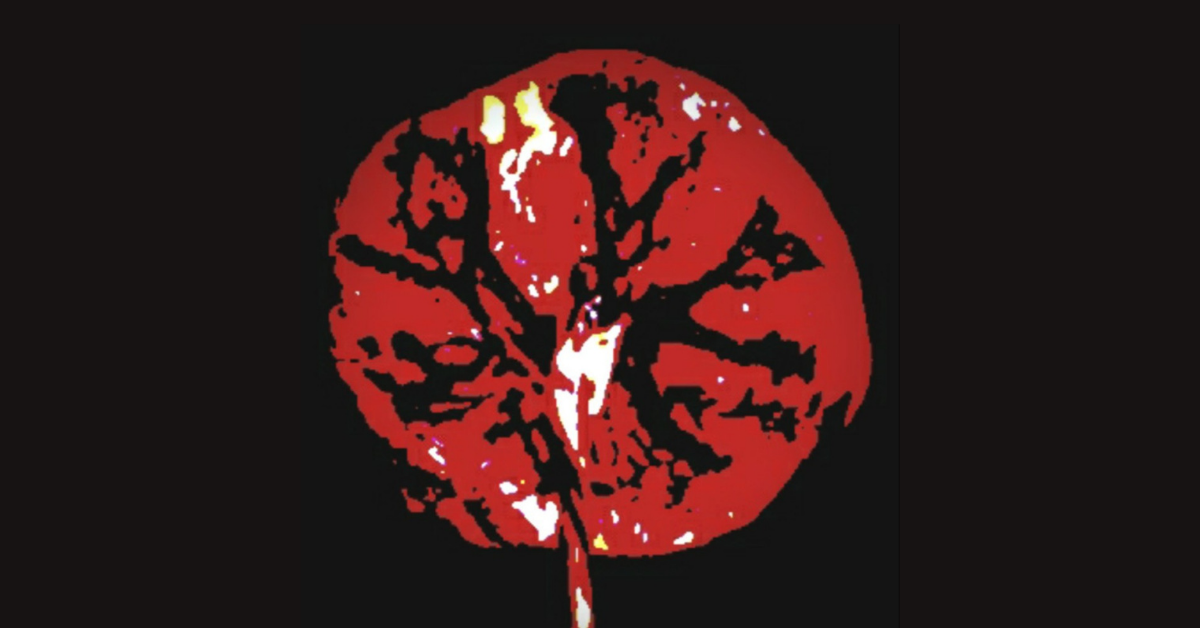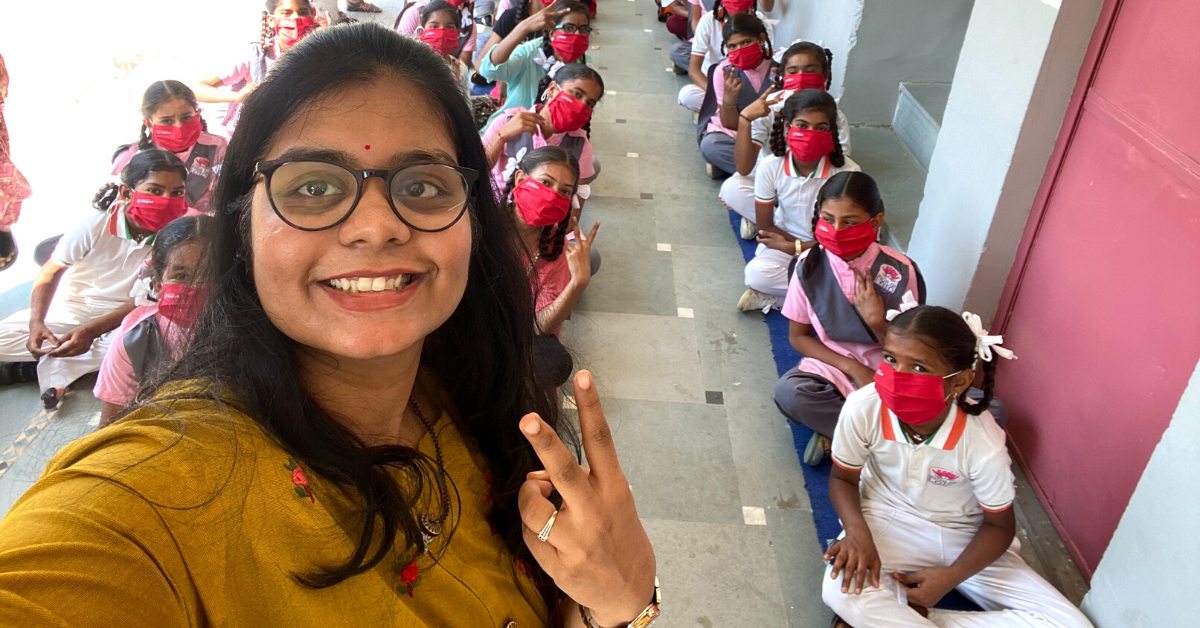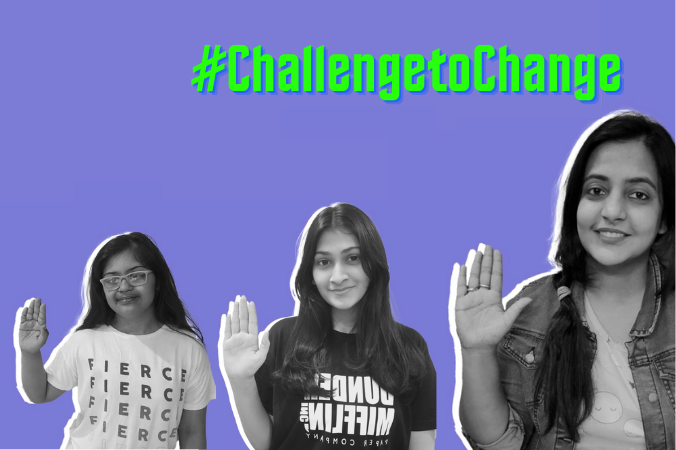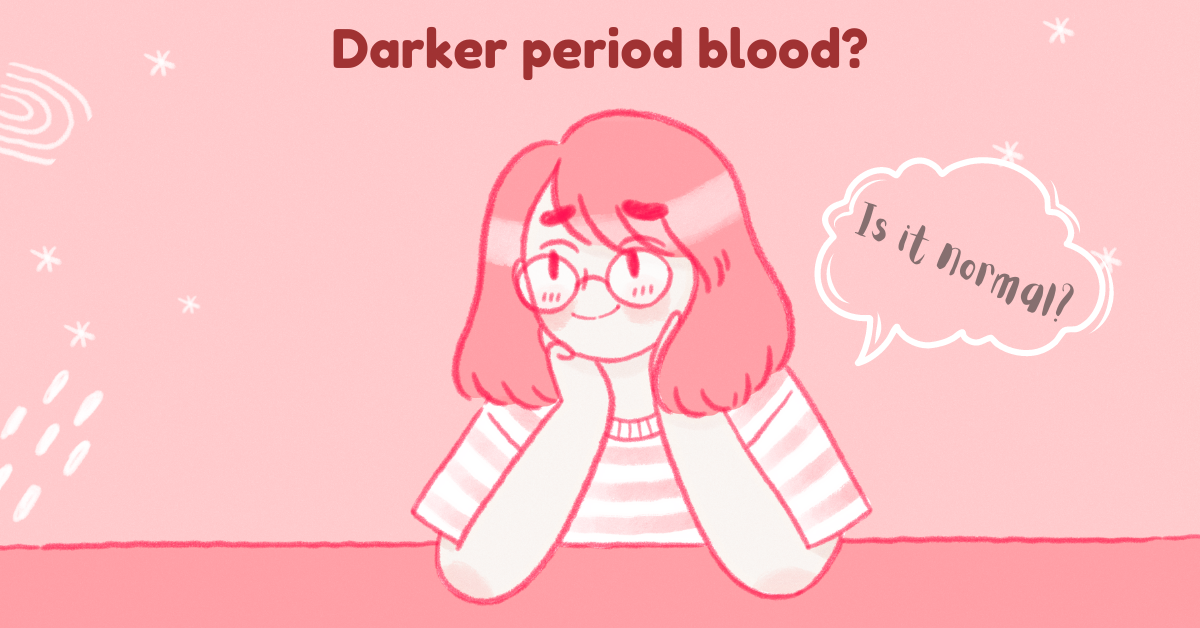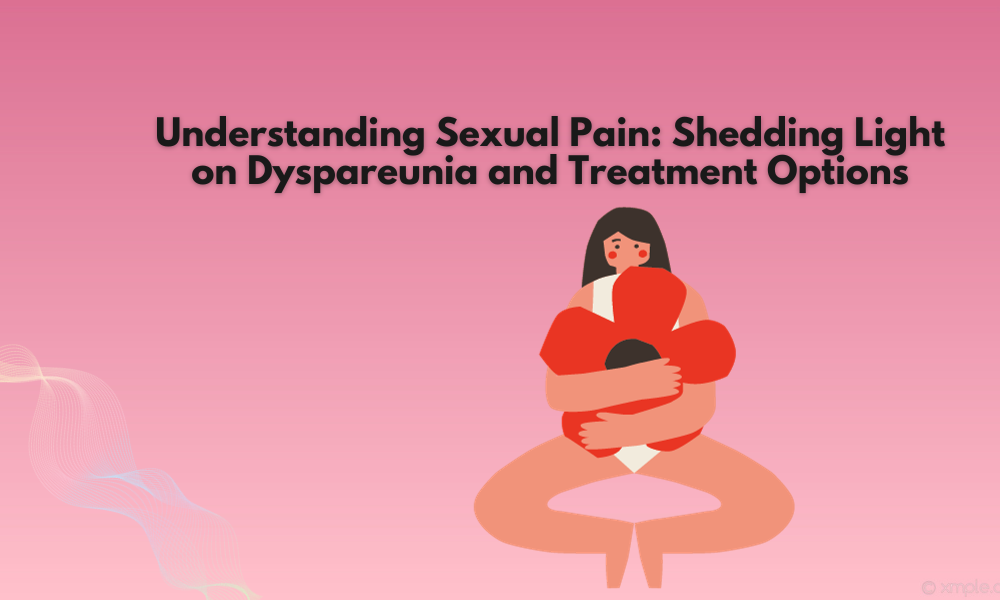If you are someone who loves the festival of colours, you’d definitely have heard the name of Vrindavan!
This small town in Mathura is globally famous for its unmatched Holi celebrations and the tales of Radha-Krishna’s love stories.
The one-month-long Holi celebrations in Vrindavan, Barsana, Nandgaon, Govardhan and Mathura, are something almost every person wants to witness once in their lifetime.
Unfortunately, the very same town of Vrindavan, which is known for one of the greatest love stories of history, has a much darker story to tell today ― the town which was known for Krishna’s Raas Leelas is slowly becoming the city of widows today!
Vrindavan is one of the few cities where widows route to ― making it one of the biggest homes to their clan. These women are often abandoned by their families after their husband’s death, while a few of them choose to relocate voluntarily to spend a colourless remote, quiet life.
One way or another, they are left with almost nothing and live off the stipend they receive from the governmental NGOs or are forced to beg on the streets.
Widows in India are considered inauspicious and are often barred from celebrating festivals or even family gatherings and weddings. But Holi in Vrindavan brings some happiness, colour and life to the colourless lives of these women ― breaking centuries of stereotypes and redefining traditions to this overlooked section of society.
This Holi, Infano got a chance to interact with some of these women ― witness their life from inside out and understand what Holi in Vrindavan means to them!
ALSO READ: The Last Color — Neena Gupta Starrer Is A Tight Slap On Society!
“I have no words to express my joy. I never imagined that I would get the opportunity to play Holi at a temple,” said one woman. “I used to play Holi earlier also but not with so many people,” exclaimed another!
“After my husband’s death, I was abandoned in Vrindavan. Ever since, I never went back to my native place. Vrindavan is my home now. Most of the widows here depend on prasad/ bandaras (free food) for their meals,” share one old lady from West Bengal.
India is believed to have tens of millions of widows, and many of them moved to the town to attain solace. You will find them sitting cross-legged within the temple premises, dressed in plain white and often begging.
Census
Most widows hail from poor families ― from the eastern states of West Bengal, Bihar, Jharkhand and Orissa. They stay in ashrams or shelter homes spread across Vrindavan and Govardhan. Though the ashrams have free common lodging and washroom facilities, the shelters are often cramped. Very few of them have cooking arrangements, but mostly, these women need to arrange their own food.
The irony is Vrindavan is considered one of the holiest places in India. The town where women were considered as Krishna’s Gopis is now witnessing women in white ― begging on streets amidst crowd and dirt.
Another woman I talked with said, “I don’t remember when I left my home. It’s been so many years. I remember I was ignored. People stopped loving me after my husband died. I knew of Vrindavan via one of my distant relatives. I never thought that this would become my home someday. I know the ins and outs now, and recognise the locals. But I still feel something is missing in my life. Anyway, I know I will be here till my last breath. By the way, have you ever celebrated Holi here?”
It’s heart wrenching to see how society can tie one woman’s life with a man and how it can end hers with his death!
To all the people reading this, when you visit Vrindavan next time, take a moment out for these women ― listen to their heart out, share something if you can and spread smiles together. Happy Holi! 🙂

